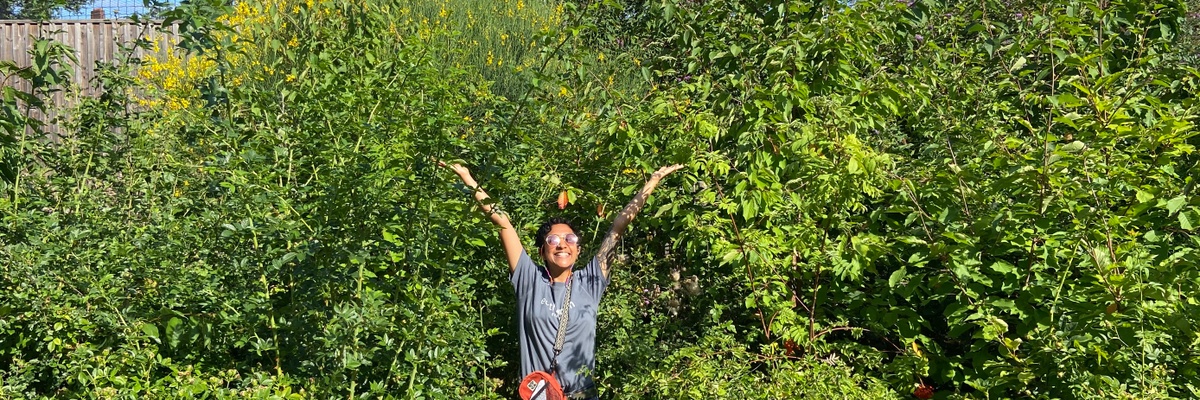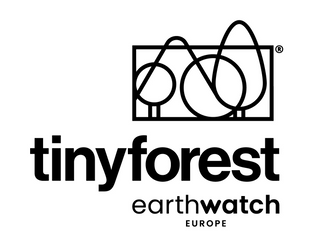-
Yhteisöille Aloita hankeideoita Hanki rahoitusta, resursseja ja tukea vaikuttavien hankkeiden aloittamiseen
-
Sosiaalisille innovaattoreille Skaalaa hankeideasi Ota yhteyttä yhteisön muutoksentekijöihin ja rahoita vaikutustasi
-
Organisaatioille Perusta rahasto Rahoita sinulle tärkeitä teemoja ja alueita









 "Welcome to Tiny Forest on ChangeX! We are excited to support a non-profit organisation, school or community in Geermany to create their very own Tiny Forest! Find out here how you can bring more quality nature to your doorstep and take part in this innovative project."
- Louise Hartley
"Welcome to Tiny Forest on ChangeX! We are excited to support a non-profit organisation, school or community in Geermany to create their very own Tiny Forest! Find out here how you can bring more quality nature to your doorstep and take part in this innovative project."
- Louise Hartley
